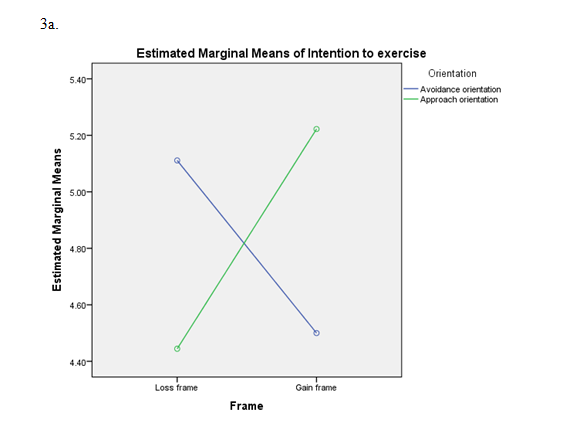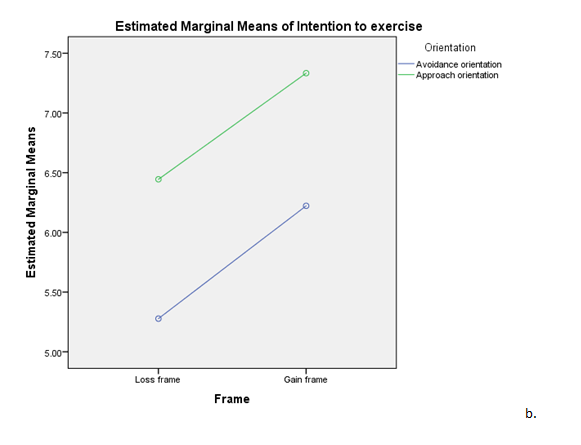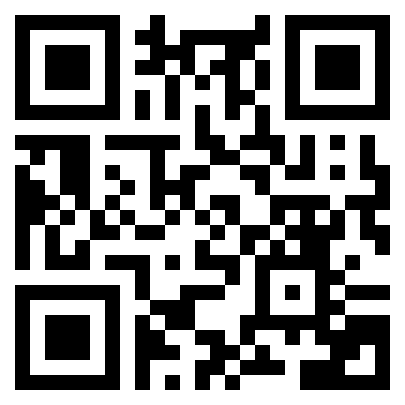- Lead Adult Care Worker Level 3 Safeguarding Assessment | Salford City College
- K/650/1144 Professional Development and Academic Writing Skills Assessment
- M26753 Mechanical Principles Assignment Brief | University Centre IOW
- Care Safeguiding Children Assignment | Oxford Brookes University
- PSY4011 Developmental Psychology Assessment Brief | Arden University
- QSP7PCM Professional Cost Management Assignment 2 September 2025 | UCEM
- EGR2006M Control Systems Assignment 1 Brief | University of Lincoln
- MBA7066 Innovation and Entreprenuership Assignment Portfolio 2025 | UGM
- Contract Law Assessment 2 Problem Scenario 2025-26 | University Of Salford
- Operations & Supply Chain Management Assignment Brief : E-Commerce Supply Chain Efficiency
- Unit 1 Programming Assignment 2025-26 | ESOFT Metro Campus
- K/651/4745 Unit 1 Teaching My Subject Written Assignment | Britannia Education Group
- H/650/1099 Level 4 Academic Writing and Research Skills Assignment Brief | LSBU
- ASB-4012 Codding for Business Application Assignment – Project in R | Bangor University
- Unit: Team Management in Health and Social Care OTHM Level 5 Diploma Assignment
- BTEC Level 3 Unit 4 Programming Assignment – Concepts of Programming
- HSO4004 Principles of Care Assignment-1 and Assignment-2 Semester-1 September 2025-26
- 1031ENG-N Civil Engineering Construction Technology In-Course Assessment (ICA) Group Report | Teesside University (TU)
- MOD009382 Finance and Governance in Health and Social Care 011 Assessment Coursework Report | Anglia Ruskin University
- Geotechnical Engineering Assignment 2025/26 – University Of Surrey (UniS)
Describe the number of factors, levels and conditions in this design and Explain what is meant by a main effect and an interaction effect: Applied Quantitative Methods Assignment, MMU, UK
| University | Manchester Metropolitan University (MMU) |
| Subject | Applied Quantitative Methods |
Question 3.
A researcher was interested in whether the effectiveness of health messages interacts with the personality of the reader. The study used two types of messages: gain-framed and loss-framed. Gain-framed messages promote the health benefits of exercising, while loss-framed messages emphasize the health risks of not exercising. The researcher was interested in whether the effectiveness of the message frame is different for people with approach-oriented versus avoidance-oriented personalities. People who are approaching-oriented tend to be more motivated by gaining rewards, while people who are avoidance oriented tend to be more motivated by avoiding harm. Participants were tested and classified as either approach-oriented or avoidance oriented. Each participant was randomly allocated to read either gain-framed or loss-framed messages. Their intention to exercise was then measured as the dependent variable.
- Describe the number of factors, levels, and conditions in this design. Explain what is meant by the main effect and an interaction effect by referring to the main and interaction effects that could potentially be obtained in this design.
- Graphs 3a & 3b show plots of hypothetical outcomes from this design. What does each graph suggest about the presence or absence of main effects and the presence and type of interaction (if any)? Refer to and describe the features of the graphs to support your answer.
- Briefly identify an appropriate type of statistical analysis to use for this design and explain why it is appropriate.


Buy Answer of This Assessment & Raise Your Grades




